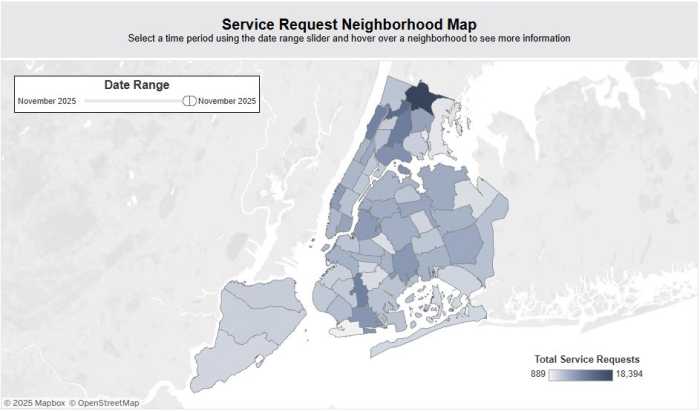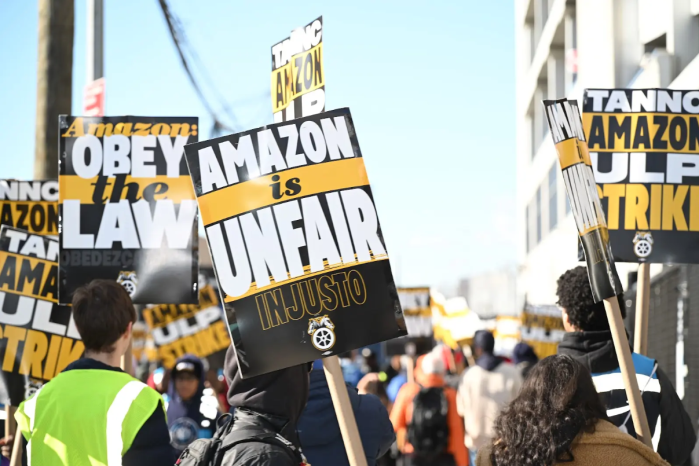A recent study found that many Queens residents in several neighborhoods are rent-burdened and have inadequate emergency savings.
The Association for Neighborhood and Housing Development (ANHD) released a study titled “How is Economic Opportunity Threatened in Your Neighborhood? 2016” that broke down several key factors that hinder economic development in neighborhoods across the city.
One factor includes the percentage of rent burdened households. Rent-burdened is defined by the Department of Housing and Urban Development as spending more than 30 percent of household income on rent.
The study found that 62 percent of households in Elmhurst and Corona are rent-burdened, the largest percentage of the 25 Queens neighborhoods included in the study. Jamaica and Hollis came in second with 60 percent of households considered rent-burdened.
Jackson Heights (60 percent), South Ozone Park and Howard Beach (58 percent) and Sunnyside and Woodside (57 percent) also had a high percentage of households that are considered rent-burdened.
According to ANHD’s findings, many people also do not have inadequate emergency savings.
“Without sufficient emergency savings that cover at least three months’ worth of household expenses, families are at risk of eviction, foreclosure and damaged credit,” the study found.
In Elmhurst and Corona, 64 percent of people do not have enough savings to cover at least three months of household expenses.
Rockaway and Broad Channel also have a high percentage of people without adequate emergency savings, with 60 percent of people identifying with this factor.
Other factors that hinder a community’s economic opportunity include internet access, with a total of 20 percent of New York City households lacking internet access. Some Queens neighborhoods, including Jackson Heights (21 percent), Flushing and Whitestone (23 percent) and Rockaway and Broad Channel (24 percent) have disproportionately less access than other neighborhoods.
In the study, ANHD said, “Community groups, residents, stakeholders, officials and policymakers can use the information captured in this chart to see what challenges and opportunities their neighborhood economy faces.”
Last month, Department of Social Services Commissioner Steven Banks visited the Queens Borough President to update officials on the state of homelessness in the borough.
The number of homeless people in the New York City shelter system has now reached about 60,000 men, women and children, according to Banks. This number represents a 115 percent increase since 1994. About 8,500 homeless people occupy 3,000 units in Queens.
Banks said he attributes this rise to the lack of rental assistance programs in the city between 2011 and 2014. When he took over HRA and DHS, the administration reinstated these programs and increased funding for legal assistance and rent arrears from $6.4 million to $62 million. As a result, marshal evictions in the city are down 24 percent.
Housing is one of four drivers of a local economy, according to the study and housing instability makes it more difficult for people to find stable employment.
The remaining three drivers include infrastructure such as internet access and small businesses; job and education access; and access and benefits, which include health insurance, English language ability and adequate emergency savings.
Policies that minimize challenges and open pathways for residents to get better jobs, housing stability and benefits such as health insurance and adequate savings can help to create a more equitable economy for all New Yorkers.





































